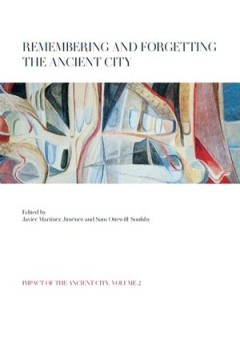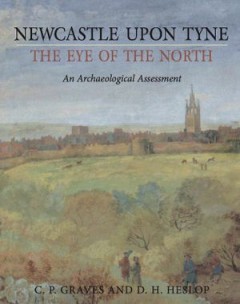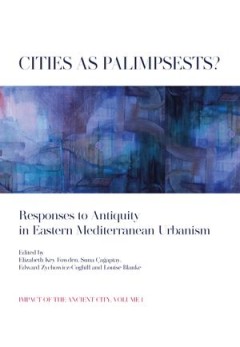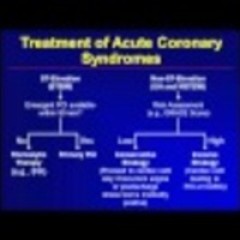Filter by

Remembering and Forgetting the Ancient City
The Greco-Roman world is identified in the modern mind by its cities. This includes both specific places such as Athens and Rome, but also an instantly recognizable style of urbanism wrought in marble and lived in by teeming tunic-clad crowds. Selective and misleading this vision may be, but it speaks to the continuing importance these ancient cities have had in the centuries that followed and …
- Edition
- -
- ISBN/ISSN
- 9781909254176
- Collation
- -
- Series Title
- -
- Call Number
- -

Newcastle upon Tyne, the Eye of the North An Archaeological Assessment
Newcastle upon Tyne is one of England’s great cities. Many think of it mainly as a product of the Industrial Revolution when abundant resources of coal, iron ore and water came together to create a Victorian industrial powerhouse. In fact, Newcastle’s long and proud history began in Roman times when Hadrian’s Wall marked the northernmost point of the Roman Empire.Newcastle became a thrivi…
- Edition
- -
- ISBN/ISSN
- 9781789258936
- Collation
- -
- Series Title
- -
- Call Number
- -

Colchester, Fortress of the War God An Archaeological Assessment
This volume is a critical assessment of the current state of archaeological knowledge of the settlement originally called Camulodunon and now known as Colchester. The town has been the subject of antiquarian interest since the late 16th century and the first modern archaeological excavations occurred in 1845 close to Colchester Castle, the towns most prominent historic site.The earliest signifi…
- Edition
- -
- ISBN/ISSN
- 9781789258929
- Collation
- -
- Series Title
- -
- Call Number
- -

Cities as Palimpsests? Responses to Antiquity in Eastern Mediterranean Urbanism
The metaphor of the palimpsest has been increasingly invoked to conceptualize cities with deep, living pasts. This volume seeks to think through, and beyond, the logic of the palimpsest, asking whether this fashionable trope slyly forces us to see contradiction where local inhabitants saw (and see) none, to impose distinctions that satisfy our own assumptions about historical periodization and …
- Edition
- -
- ISBN/ISSN
- 9781789257700
- Collation
- -
- Series Title
- -
- Call Number
- -

Acute Coronary Syndromes
A lecture on acute coronary syndromes by Dr. Kim Eagle, M.D. This lecture was taught as a part of the University of Michigan Medical School's M2 - Cardiovascular Sequence View the course materials: http://open.umich.edu/education/med/m2/cardio/materials Creative Commons Attribution-Share Alike 3.0 License http://creativecommons.org/licenses/by-sa/3.0/ Help us caption and translate th…
- Edition
- -
- ISBN/ISSN
- -
- Collation
- -
- Series Title
- -
- Call Number
- 610
 Computer Science, Information & General Works
Computer Science, Information & General Works  Philosophy & Psychology
Philosophy & Psychology  Religion
Religion  Social Sciences
Social Sciences  Language
Language  Pure Science
Pure Science  Applied Sciences
Applied Sciences  Art & Recreation
Art & Recreation  Literature
Literature  History & Geography
History & Geography